-46%
Roll over image to zoom in
Making Sense of Islamic Art & Architecture
£5.10£9.50 (-46%)
Making Sense of Islamic Art & Architecture is designed to equip the cultural tourist and art student with the means to interpret each painting, building, or artifact in terms of the iconography and symbolism of Islam. With reference to 100 clearly illustrated and diverse historical works, readers will learn to identify the telling details that mean so much to Muslims. The book’s layout is both visually striking and accessible. Each double-page spread features a full-page colour photograph of either a detail of the work or its context, depending on the subject, with a second photograph chosen to illustrate important aspects of the work. Alongside is a detailed exposition of the work’s significance in Islamic art history and philosophy, with key historical facts about the work, including where it may be seen today. By tracing the paths between Islamic belief and artistic intention, this book will deepen understanding not only of Islamic art and architecture but also of Islam itself.
Read more
Additional information
| Publisher | 1st edition (1 Jun. 2015), Thames and Hudson Ltd |
|---|---|
| Language | English |
| Paperback | 224 pages |
| ISBN-10 | 0500291713 |
| ISBN-13 | 978-0500291719 |
| Dimensions | 15 x 2 x 15 cm |

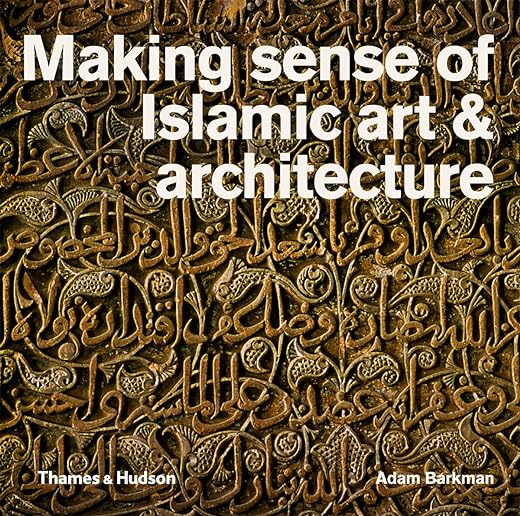
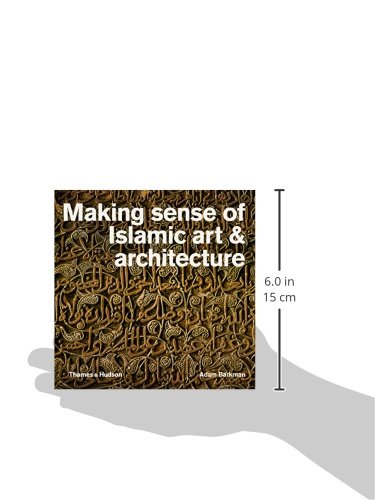
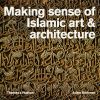
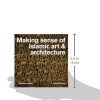

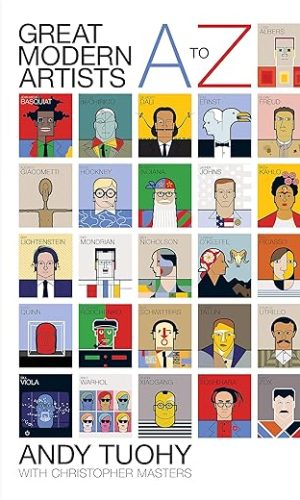


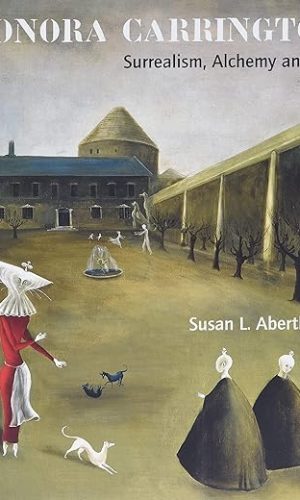
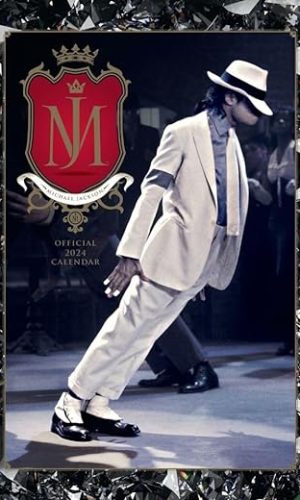

by Brand New Parents
Nice picture heavy / text light book. Visuals are fascinating to peruse through. Given the image centric nature of this book I would love to find a large version.
There are, however, some flaws that leave me baffled. For example I’m not sure what definition of ‘Islamic art’ the author is working with. My understanding of it should be art that is derived from Islamic principles or where artists utilise Islamic concepts. Instead there are instances of what is technically ‘Muslim art’ that are displayed in this book. Focusing on a Muslim female Marvel comic book character – no matter how interesting she may be – is not to me an example of ‘Islamic art’. Actually it’s not even Muslim art, it is art about Muslims by non-Muslims. There are other examples that also dont really match the title of this book and I felt these were missed opportunities to focus on some modern Islamic art or architecture.
Another flaw is the use of some smaller side images that anchor the main ‘Islamic art or architecture’ pieces that are being explored. The problem I have is there are numerous instances where irrelevant non-Islamic art is used in these smaller images and I’m left guessing as to what the connection is. For example with the use of Zoroastrian stone masonry or the Taoist Temple of Heaven. The links should be made more explicit because it’s not clear.
I’m left wondering if these flaws are deliberately lazy attempts to fill the page space or come from a position of ignorance.
Either way it’s still a good little book with great key examples that are well presented… It just needs some fine tuning.
It’s placed in our sitting room for guests to look through and is a great conversation starter.